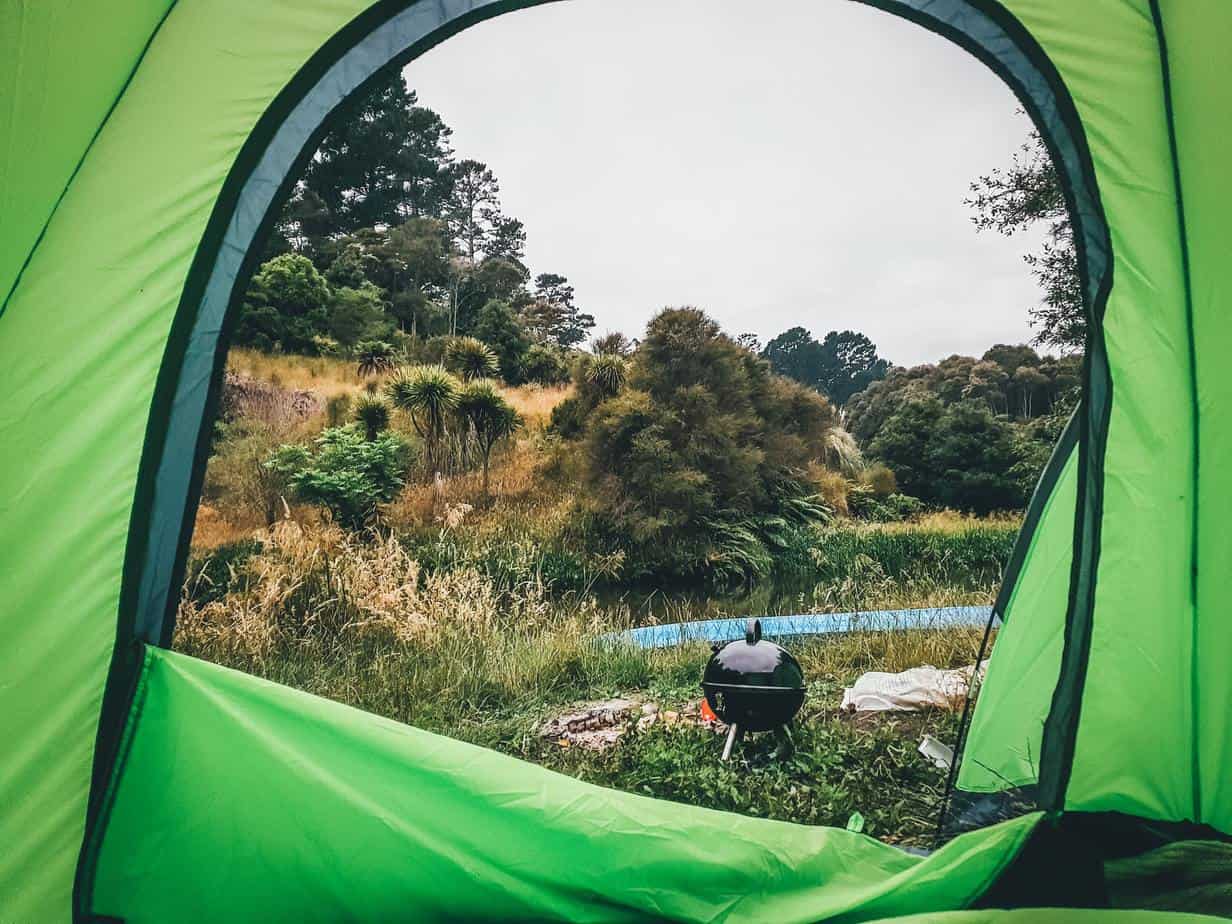He who fails to prepare prepares to fail. This is especially true in the wilderness.
Whether you’re a seasoned outdoorsman or you’re only at the beginning of your journey, paying attention to your preparation is always a good idea.
So how do you make sure that you won’t forget about something important? This Ultimate Survival Kit Checklist will surely help.
Table of Contents
What are the survival essentials?
If you’re spending lots of time in nature, there are surely some items you always carry around in your backpack. But are they really essential? Don’t they just occupy the space for something that should be there instead?
The truth is that most of us carry around stuff we don’t really have any use for while forgetting about some of the essentials that can make a difference when something goes wrong.
The following cheat sheet contains 10 vital types of survival gear you should always have at hand:
-
Navigation tools
It can be a map, a compass, an offline navigation app on your smartphone, or a GPS device. In fact, we recommend having at least two of them with you at all times in case one of them fails or gets damaged.
Our product of choice: Garmin Oregon 650
-
Multifunctional knife
A survival multi-tool or a utility knife is also one of the key items you should always have in your pockets. Keep it clean, dry, sharp, and make sure that you know how to use it in all kinds of situations.
Our product of choice: Benchmade Bugout
-
Waterproof matches or survival lighter
Even if you’re embarking on a short hike and don’t plan to build a fire, you should always be able and ready to do it if needed. Bring anything you consider essential for lighting the fire up and practice your fire-building skills regularly.
Our product of choice: T2R Turboflame Ranger
-
Illumination
Whether you prefer a standard handheld flashlight or a headlamp, always have some artificial and portable source of light at hand. After all, underestimating the duration of a hike is one of the most common reasons for getting in trouble.
Our product of choice: Celestron ThermoTorch 3
-
Spare base layer and socks
If you have only limited space for extra clothes, always take some spare base layers and a pair of socks. These are the essentials for staying dry, warm, and healthy if you’re forced to be out there longer than expected.
Our product of choice: Darn Tough Vermont Hiking Socks
-
Extra upper layer
Regardless of the weather forecasts, always carry at least one extra upper layer of clothes in your backpack. Preferably, this should be a reliable lightweight pack-in jacket that can truly protect you from all elements.
Our product of choice: Patagonia Men’s Pack In Jacket
-
First-aid kit
Never leave home without the essential first-aid supplies. These should include at least some gauze, pads, medical tape, disinfection, and any prescription or non-prescription medications you might be taking.
Our product of choice: Mountain Series Adventure Medical Kit
-
Sun protection
Sun can be very exhausting and potentially dangerous in both summer and winter. Carrying some sunscreen, sunglasses, and a hat can help you avoid dehydration and prevent a heat-stroke.
Our product of choice: Arc’teryx Sinsolo Sun Hat UPF 50+
-
Extra food and water
Don’t be thrifty when it comes to food and water. Look for some compact survival food options and take as much of it as possible. Regarding the water, it’s ideal to have at least 1 liter of water for every two hours of hiking. A good insulated bottle is a must.
Our product of choice: REI Co-op Hydro Flask
-
Shelter
Not planning to stay outside overnight? Plans can change dramatically and the best thing you can do is being prepared for it. If you don’t have a room for a standard tent, pack at least a simple sleeping bag or an emergency shelter.
Our product of choice: REI Co-op Bivy Sack






